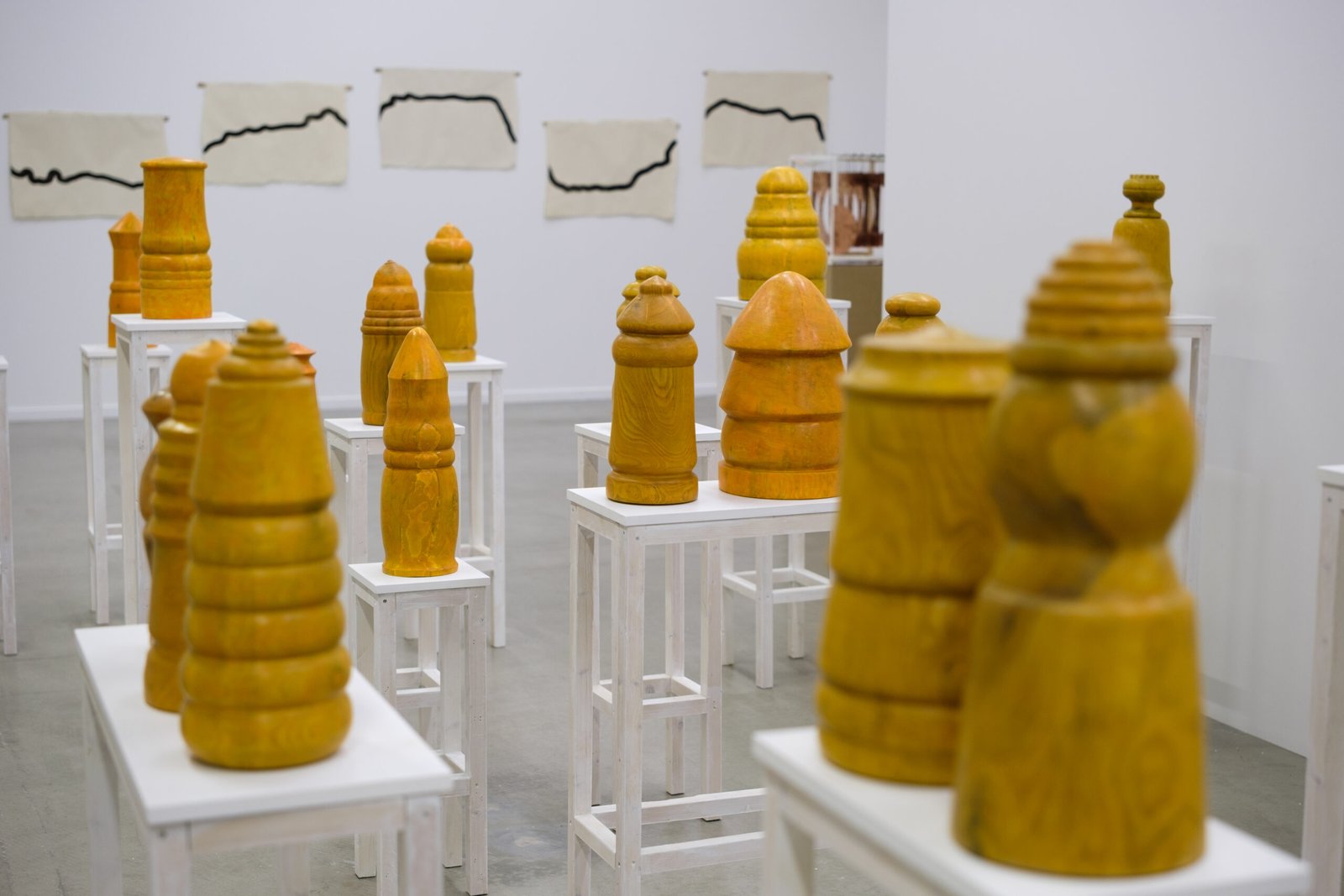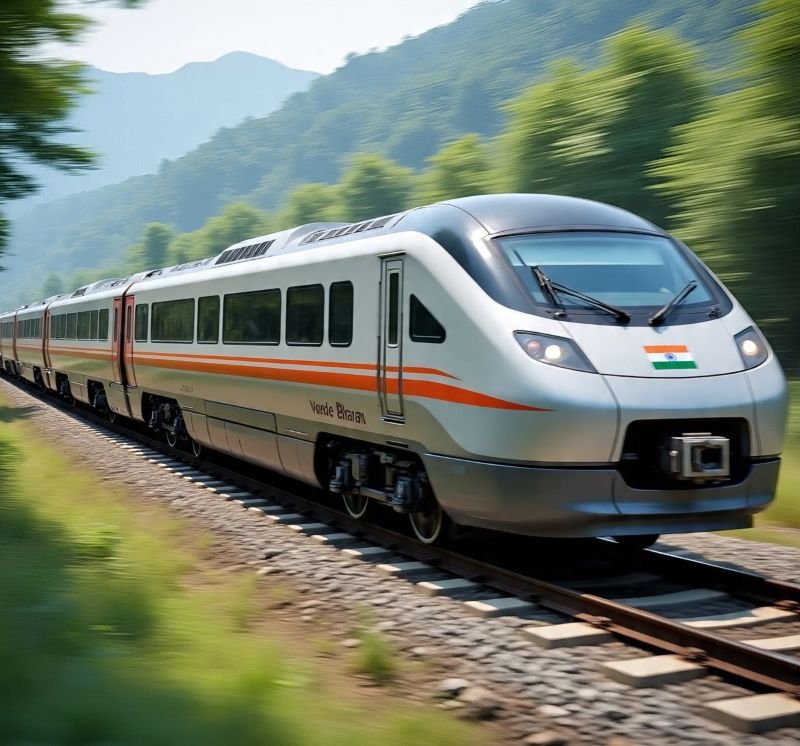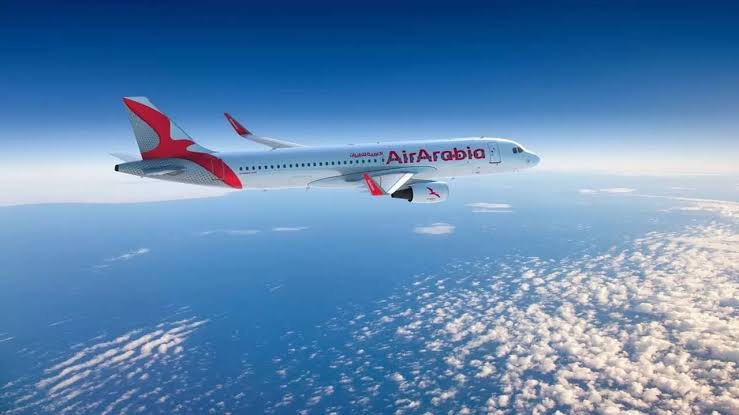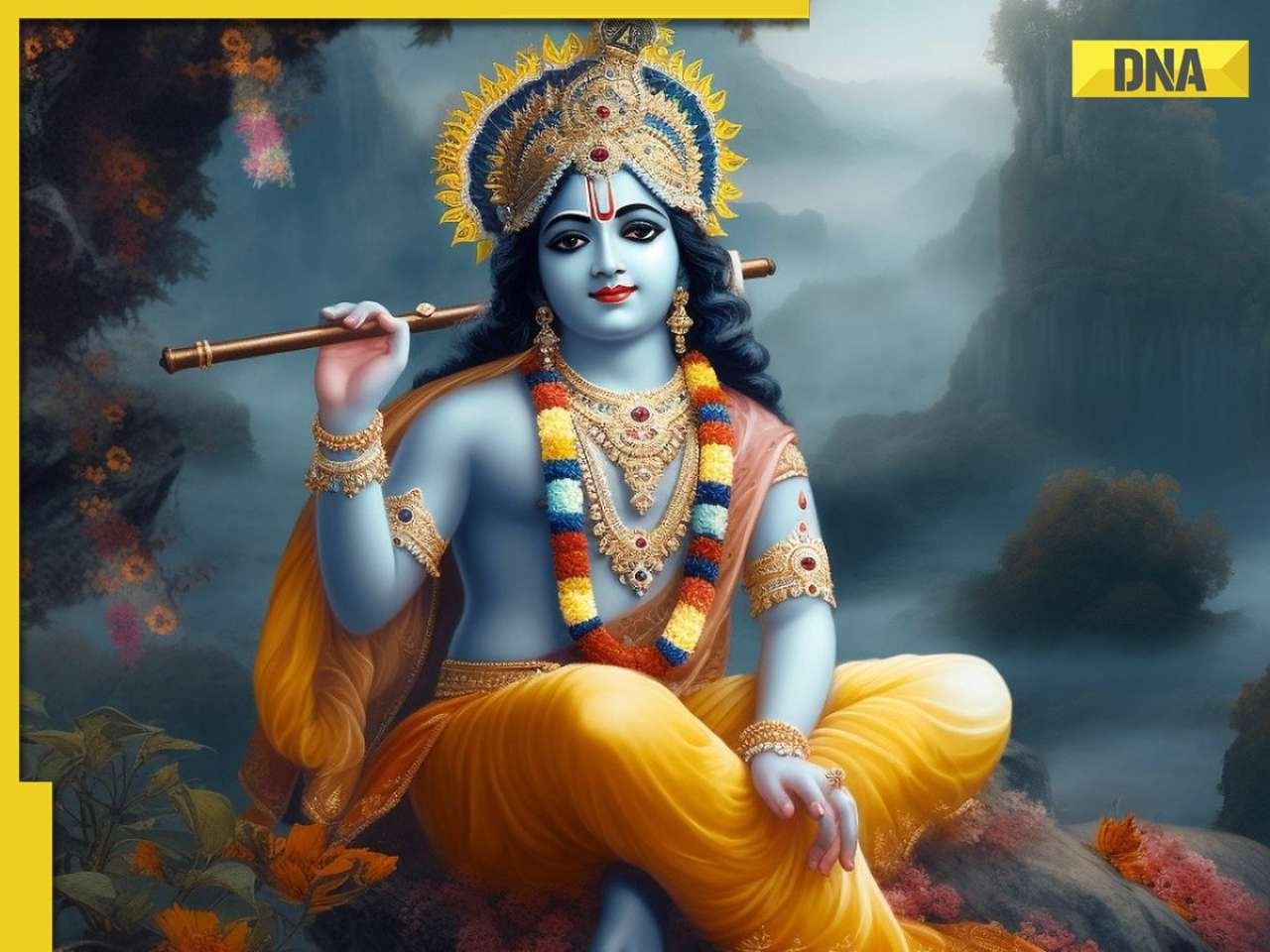Spiritual Travel
From Iceland — Sacred Spaces, Sacred Places: Icelandic Artists In Varanasi

“What happens when artists are transported to a studio far away from the comfort zone of the familiar?” This question lies at the heart of the project that brought Among Gods and Mortals: Icelandic Artists in Varanasi to life — an exhibition currently on view at the charming Listasafn Árnesinga in Hveragerði, just a 40-minute drive from Reykjavík.
From sparsely populated Iceland, with its volcanic landscapes and crystal-clear waters, six established artists travelled to the spiritual city of Varanasi, where open-air cremations are performed on the Ganges River, narrow alleyways pulse with life, and a unique mix of sacred and pungent smells activates your senses, for a month-long stay at Kriti Gallery and Anandvan Residency.
Where it started
The exhibition’s idea traces back to photographer and writer Einar Falur Ingólfsson, who, since his first trip in 1999, has frequently returned to India over the years. There, he was introduced to founders of Kriti Gallery, Navneet Raman and Petra Manefeld, and historian Ajay Pandey, who guides artists in residence through the city. Einar Falur got the idea to bring a group of artists — Eygló Harðardóttir, Guðjón Ketilsson, Margrét H. Blöndal, Sigurður Árni Sigurðsson, Sólveig Aðalsteinsdóttir — from Iceland to Kriti to see what might emerge from their time spent in the holy city.
“What’s really important is they weren’t making art of India,” stresses curator Pari Stave as we meet in Reykjavík a few days after I visited the exhibition. “They were taking from their experience of this place and using what was relevant to them in their works. The works are very much their works, but it just happens that they’re inflected with this influence of having been to India.”
“Among Gods and Mortals” by Atli Freyr Steinsson
Moving images
Working with the concept of time has become an important focus of Einar Falur’s recent work. Take for example his documentation of the weather over the course of a year, or his project following in the footsteps of Iceland’s first photographer, Sigfús Eymundsson. In India, he approached his surroundings through a similar patient lens, presenting at the exhibition a triptych of photographs taken from the exact same angle year after year — showing subtle shifts in a building’s facade and the environment around it. Another of his images on view captures a skinny horse standing quietly amid the chaos of Indian infrastructure: trash, tangled wires, residential buildings and all sorts of transport coexisting together.
“They capture these fleeting moments that you could just walk by.”
“It almost feels like this ghostly image,” says Pari. “That’s a very beautiful picture. It interests me because it may not necessarily be a picture that an Indian photographer would take,” says Pari. “Maybe it takes an outsider’s view of looking in.”
The opposite wall displays a series of “moving images” presented as a continuous loop with sound. They capture moments from daily life in Varanasi — morning commute on a cycle rickshaw, the chatter of street vendors, empty alleys where not much seems to happen at all. But once you add the city’s trademark splash of colour and the layered soundtrack of honks and chants, the whole room comes to life.
“They capture these fleeting moments that you could just walk by, or they might just seem like part of the theatre of the street. But then when you look closely at them, each one of them is a little narrative that has a beautiful story to it,” Pari explains. You wouldn’t expect to be so easily transported from an indigo-blue room in sleepy Hveragerði to India on this Sunday afternoon, but there you are.
Varanasi forms and palettes
Pari tells me the artists who visited the residency in 2023 and 2024 took full advantage of immersing themselves in a new and strange environment. “It was hot, humid, steamy and rainy. Lush vegetation, streets filled with people, and a whole different way of navigating on the street too — because of the crowds and just the sounds, the scents, the flavours, and the colour,” she recalls. “It can’t help but be digested.”
Artist Eygló Harðardóttir, for example, was particularly inspired by a traditional raga music concert during her stay and created a series of paintings titled Raga – Tilbrigði í lit /Colours of Raga. “For those paintings, she used pure pigments that she had bought in Jaipur,” Pari explains. Using traditional miniature brushes, Eygló achieves a delicate finesse in the works, using pigments made from plants and semi-precious stones mixed with a binding solution.
Similarly, Guðjón Ketilsson found inspiration after a visit to the archaeological site at Sarnath. Drawing from the site’s carved votive stone stupas, Guðjón created a series of pencil drawings exploring the dome-shaped form of the stupa. After returning to Iceland, he expanded this idea into a series of wooden sculptures of varying sizes, installed on pedestals. The sculptures are painted in different shades of saffron — a colour that caught Guðjón’s eye during his stay in India.
In addition to the beautiful birch tendril sculptures, Sólveig Aðalsteinsdóttir’s residency inspired a series of eight-panel black outline drawings, for which she even took a course in Chinese calligraphy to master controlling a thick brush. “She’s one of these artists who walks, observes and absorbs what she sees,” says Pari. “These black ink drawings on paper came out of what she was seeing in the streetscape — the profile of a sacred cow’s back, or just the undulation of the river. She was picking up on the rhythms that she found in the street life and channelling them into this minimalist but highly evocative line. It’s just one line coursing through several pieces of paper, but it’s very powerful,” Pari adds.
Margrét H. Blöndal, known for her extraordinary sense of colour, brought to the exhibition 16 minimalist drawings inspired by what she observed on the streets of Varanasi — the heat, humidity, stray dogs, the sound of car horns. Sigurður Árni Sigurðsson contributed two-dimensional paintings that appear three-dimensional thanks to hovering, perforated forms. “He was picking up maybe not so much on the shapes he was seeing in the landscape, but on the colour,” says Pari.
One cannot think of two cultures more starkly opposite than Iceland and India, both culturally and socially. But Pari stresses once again that this exhibition is not about learning about India; instead, you’ll actually learn more about these six artists. “For artists, the studio is a sacred place,” she says. “It’s where you go to contemplate, to think and to work. What’s so interesting to me is seeing what happens in that exciting moment when the artists’ sacred spaces are transported to [another] sacred place.”
Among Gods and Mortals: Icelandic Artists in Varanasi is on view at Listasafn Árnesinga in Hveragerði until August 24. Entry to the museum is free. Don’t miss the curator talk with Pari Stave on July 5 at 15:00.
Spiritual Travel
Katra–Amritsar Vande Bharat Express Poised to Revolutionize Northern Rail Travel through Jammu Tawi, Jalandhar City, Beas, and Pathankot Cantt, Catalyzing Growth in Pilgrimage, Tourism, and Regional Connectivity Across India

Published on
August 7, 2025 |
By: TTW News Desk
A New Dawn in Northern India’s Rail Journey
It was described as a transformative moment for rail travel across northern India, with plans underway to launch the much‑anticipated Katra–Amritsar Vande Bharat Express on August 11. The service was portrayed as a striking innovation in the region’s rail infrastructure, expected to shrink travel time between Shri Mata Vaishno Devi Katra and Amritsar from about 6–7 hours to only 4.5 hours. It was emphasized that this move formed part of a broader strategy to elevate rail connectivity, focusing on speed, safety, and comfort for passengers.
The account noted that this train’s commencement, together with launches of two other Vande Bharat routes, would be inaugurated via virtual ceremony on August 10—a symbolic gesture reinforcing a national shift toward modern, efficient transportation.
Navigating the Route: Timings, Stops, and Maintenance
It was conveyed that the new eight‑coach express had been slated to operate six days a week, with services paused every Tuesday for maintenance, which would take place at the Sahibabad facility—a site equipped to uphold high-speed rail standards.
The outbound leg was scheduled to begin at 6:40 AM from Shri Mata Vaishno Devi Katra, reaching Amritsar at around 12:20 PM. En route, it would pause at key stations including Jammu Tawi, Jalandhar City, and Beas, marking them as essential commuter and pilgrim connectivity nodes.
On the return path, departure from Amritsar was to occur around 4:25 PM, aiming to reach Katra by 10:00 PM. The stops along the way were set to include Beas, Jalandhar City, Pathankot Cantt, and Jammu Tawi. These were noted as carefully chosen to service both daily travelers and pilgrim groups, especially those heading to revered destinations like Vaishno Devi and Amritsar, home to the Golden Temple.
Fare and Accessibility: Quality Meets Affordability
The article outlined that tickets were expected to be priced between ₹1,000 and ₹1,100. It was suggested that this range struck a balance—offering a premium travel experience without being overly expensive. The fare was depicted as accessible enough to appeal to a wide demographic—travelers seeking comfort, speed, and value.
A quick summary read:
- Estimated Fare: ₹1,000–₹1,100
- Service Frequency: Six days a week (no service on Tuesdays)
The pricing model was implied to offer passengers a chance to upgrade from conventional services without stretching their budgets—a strategic pricing balance between affordability and sophistication.
Pilgrimage and Global Tourism: Opening Paths to Spiritual and Cultural Journeys
It was emphasized that this train’s launch would likely redefine religious tourism in northern India. With millions of pilgrims visiting Shri Mata Vaishno Devi Katra annually, the faster rail link was said to offer them the luxury of shorter, more comfortable trips—less travel fatigue and greater accessibility.
Simultaneously, Amritsar, famed for its cultural and spiritual legacy, was expected to see an uptick in visitors—both domestic and international—thanks to improved access. The Golden Temple, as a major draw, would benefit from more travelers arriving conveniently, which, in turn, was expected to fuel growth in local businesses, hospitality, and the wider economy.
These effects were cast as multifaceted:
- Faster reach to Vaishno Devi Temple
- Heightened tourism in Amritsar
- Streamlined travel for foreign visitors
- A symbol of modern rail progress
The narrative stressed that the train wouldn’t merely move people—it would stimulate economic activity, encourage investment in lodging and services, and shift how travelers engage with India’s spiritual and cultural routes.
Part of a Larger Vision: Upcoming Routes Across the Nation
It was clarified that this addition was part of a broader rail expansion. On August 10, launches were planned for two other routes: Belagavi–Bengaluru and Ajni (Nagpur)–Pune. Though geographically dispersed, these routes were portrayed as components of a unified strategy: developing fast, reliable, and technologically advanced rail corridors.
Observers framed this development as evidence of a long‑term vision toward building interconnected, high-speed rails that drive regional growth and nationally spurred cohesion. It was seen as a deliberate push toward accessible and intelligent infrastructure capable of covering vast distances with efficiency.
Transformation in Travel Behavior and Industry Response
The new train was credited with igniting a shift in the broader travel ecosystem. Shortened travel durations were expected to afford travelers more flexibility, enabling quick jaunts, especially over weekends or during festivals. Such ease was seen as a potential catalyst for increased short-term tourism, making spiritual and cultural sites more reachable than ever.
The anticipated ripple effects included:
- A rise in weekend tourism
- Enhanced access to small towns
- Greater demand for group travel packages
- A push toward sustainable transport—fewer cars and buses on the road
It was noted that commercial operators would need to evolve—offering innovations like automated check-ins, tailored itineraries, and better coordination with buses, taxis, or flights. These changes, it was suggested, weren’t just about speed but about crafting a holistic passenger experience attuned to modern travelers who value time, convenience, and comfort.
Beginning of a New Era: Rail Travel Redefined in Northern India
Finally, it was reflected that the Katra–Amritsar Vande Bharat Express stood for more than just reduced journey times—it signaled a promise of enhanced regional linkage, economic uplift, and tourism expansion. For both domestic visitors and international guests, this train was poised to revolutionize travel to holy and cultural sites.
By forging a quick and modern connection between two spiritually significant destinations, the authorities were credited with setting a new standard for what train travel in India should represent—faster, safer, cleaner, and more comfortable.
This development was framed not merely as infrastructure progression but as a forward-looking vision where India’s railways might become a global exemplar of efficiency, inclusiveness, and innovation. In that light, the journey between Katra and Amritsar had become not only shorter but smarter—and symbolic of the next generation of rail travel.
Spiritual Travel
Saudi Arabia sets record with 140k flights during Hajj 2025

Saudi Arabia set new records for air traffic during the Hajj 1446 AH (2025), managing over 140,000 domestic and international flights. This figure marked an 8% increase compared to the previous year, showcasing the Kingdom’s growing capability in handling large-scale religious travel. The successful movement of millions of pilgrims by air highlights Saudi Arabia’s strong logistics network, use of advanced technologies, and efficient coordination between airports and air navigation teams. This achievement reinforces the country’s role as a key player in global religious tourism.
The arrival and departure phases were handled with excellent precision. During the arrival phase, from Dhu Al-Qidah 1 to Dhu Al-Hijjah 8, a total of 74,902 flights were recorded—a 15% rise from last year. The departure phase, from Dhu Al-Hijjah 23 to Muharram 15, saw 66,072 flights, a 2% increase. On Dhu Al-Hijjah 2, the Kingdom recorded its highest single-day aircraft movements with 2,338 flights. These milestones reflect strong planning and readiness for peak travel seasons.
A total of 213 airlines participated in the Hajj 2025 season, significantly enhancing global connectivity. This shows Saudi Arabia’s importance as a central hub for Muslim pilgrims worldwide. Pilgrims from various continents accessed the Kingdom smoothly, benefiting from improved air services and facilities. The increase in airline participation highlights Saudi Arabia’s rising global reputation in aviation, particularly in supporting international religious travel through expanded air corridors and partnerships.
The Saudi Air Navigation Services (SANS) organisation played a critical role in this success. They deployed advanced air traffic management technologies and highly skilled professionals to ensure safe and smooth air operations. Engineers, controllers, and maintenance staff worked continuously to manage the high traffic volumes without delays. The effective use of technical infrastructure helped maintain safety standards, improve efficiency, and enhance the overall travel experience for millions of pilgrims at major airports.
Saudi Arabia’s success during Hajj 2025 shows that it is ready for future growth in religious tourism. Through strategic planning, modern technologies, and a focus on global partnerships, the Kingdom is setting new benchmarks for managing large-scale international travel. Its efforts not only support smooth pilgrim journeys but also strengthen its image as a global aviation and spiritual hub. This performance underlines the country’s commitment to safe, well-organised, and spiritually enriching experiences for all visitors.
Spiritual Travel
6 Indian cities where Lord Krishna’s divine presence still lives on

1.Mathura
Mathura, revered as the birthplace of Lord Krishna, holds immense spiritual significance in Hinduism. The Krishna Janmabhoomi Temple stands at the exact spot where he is believed to have been born in a prison cell. The atmosphere of the city is steeped in devotion, especially during Janmashtami, when thousands of devotees gather to relive the divine birth through rituals, music, and processions. Every corner of this ancient city echoes tales from Krishna’s early life.
-

 Brand Stories2 weeks ago
Brand Stories2 weeks agoBloom Hotels: A Modern Vision of Hospitality Redefining Travel
-

 Brand Stories2 weeks ago
Brand Stories2 weeks agoCheQin.ai sets a new standard for hotel booking with its AI capabilities: empowering travellers to bargain, choose the best, and book with clarity.
-

 Destinations & Things To Do3 weeks ago
Destinations & Things To Do3 weeks agoUntouched Destinations: Stunning Hidden Gems You Must Visit
-

 Destinations & Things To Do2 weeks ago
Destinations & Things To Do2 weeks agoThis Hidden Beach in India Glows at Night-But Only in One Secret Season
-

 AI in Travel3 weeks ago
AI in Travel3 weeks agoAI Travel Revolution: Must-Have Guide to the Best Experience
-

 Brand Stories1 month ago
Brand Stories1 month agoVoice AI Startup ElevenLabs Plans to Add Hubs Around the World
-

 Brand Stories4 weeks ago
Brand Stories4 weeks agoHow Elon Musk’s rogue Grok chatbot became a cautionary AI tale
-

 Brand Stories2 weeks ago
Brand Stories2 weeks agoContactless Hospitality: Why Remote Management Technology Is Key to Seamless Guest Experiences
-

 Asia Travel Pulse1 month ago
Asia Travel Pulse1 month agoLooking For Adventure In Asia? Here Are 7 Epic Destinations You Need To Experience At Least Once – Zee News
-

 AI in Travel1 month ago
AI in Travel1 month ago‘Will AI take my job?’ A trip to a Beijing fortune-telling bar to see what lies ahead | China
